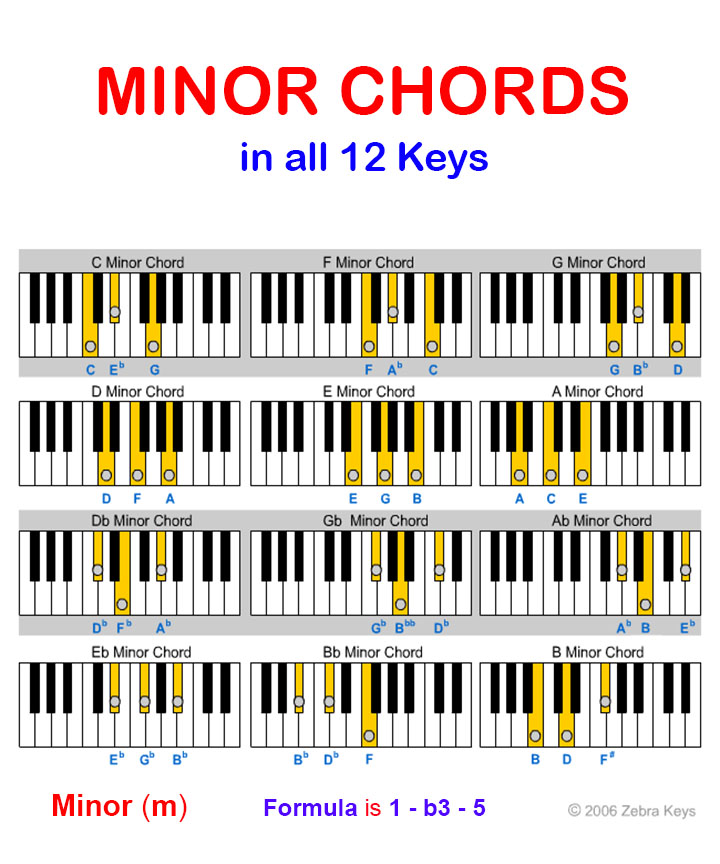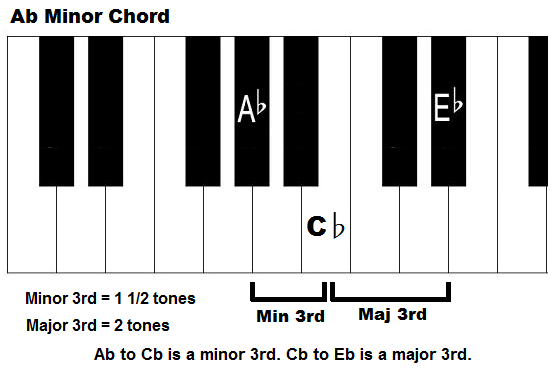

Triad chords exist in four different chord qualities, which are major, minor, augmented, and diminished.Įach chord quality name is the name of the entire chord as a whole, not its individual notes (which will be covered later). The music theory term triad chord means that 3 or more notes played together, or overlapping. Neapolitan major The most famous scale in this batch is Neapolitan major, which is why we consider all the rest to be modes of this one.This step defines a triad chord, names the triad chord qualities and identifies the notes that vary between them.

So, I decided that this naming system was not especially useful. For example, besides calling Neapolitan major "Ionian ♭2 ♭3", we could also call it "Dorian ♭2 ♮6". However, to describe these scales this way, we always need to raise or lower at least two notes, so we get fairly complicated names: Worse, the scales we're trying to describe can be obtained by modifying two notes of several different modes of the major scale. Here are some of their more common names: I tried to more systematically describe these scales as variants of modes of the major scale. If the three consecutive notes come near the beginning we get a lot of flats: the extreme case is the altered dominant ♭♭3 scale, which has 5 flats and one double flat! If the above chart is too busy for you, you can just look at the scale degrees: Beware: some of the scales go by more than one name. If the three consecutive notes come near the end we get a lot of sharps: the extreme case is the leading whole tone scale, with 3 sharps.

So let's look at these now! Modes of the Neapolitan major scale The modes of the Neapolitan major scale are all the 7-note scales drawn from the usual chromatic scale where three consecutive notes differ by half-tones: We can use the above chart to work out which scale degrees appear in these scales: Because three consecutive notes differ by half-tones, these scales can have a lot of sharps or flats! This makes these scales more gnarly-and much more rarely used!-than those we've studied before. We saw these scales come in three sets of 7: I discussed all but the last seven in Part 4. In Part 3 of this series, we figured out all the scales where we choose 7 notes from the 12 notes in the usual chromatic scale, with the property that the biggest step between notes is a whole tone.


 0 kommentar(er)
0 kommentar(er)
